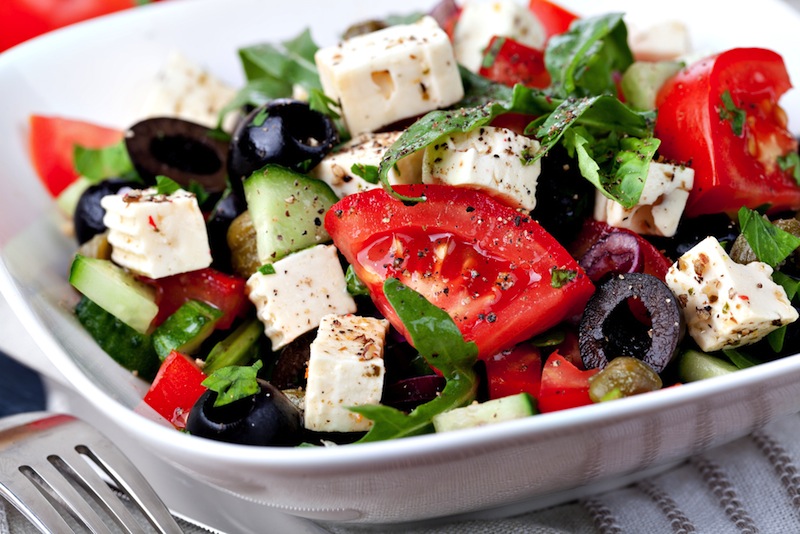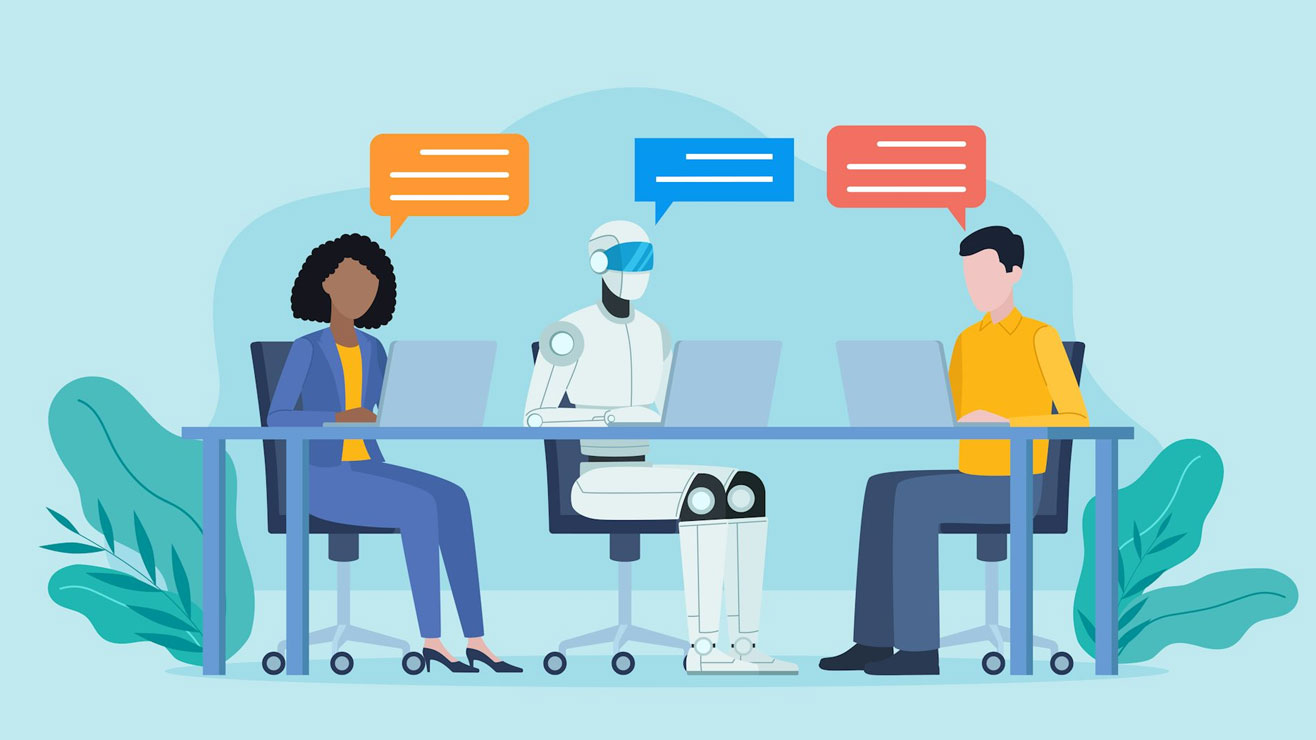How Our Friends Change What We Eat

Have you ever been at a restaurant table where everyone ordered a salad? A new finding may explain why this happens: When we order in groups, we like to be similar to our friends, even if it means ordering something we would not typically pick on our own.
Researchers analyzed receipts from 1,459 people who ate in groups at an Oklahoma restaurant over a 19-week period. There were 51 items on the menu to choose from, which fit into eight food categories (soups/salads, burgers/sandwiches, combo meals, pasta, vegetarian dishes, choice steaks, prime steaks, and the daily specials). Some tables were given menus with calorie information on them, while others were given menus without calorie information.
Diners at the same table tended to pick main dishes that were not exactly the same, but were from the same category — for example, if one diner ordered a mushroom burger, another might have ordered a bleu cheese burger. [9 Snack Foods: Healthy or Not?]
"We want to be different from our friends a little bit, but not too different," said study researcher Brenna Ellison, an assistant professor at the University of Illinois at Urbana-Champaign's Department of Agricultural and Consumer Economics.
Friends may play a role in what we order in part because humans have a natural tendency to want to fit into groups, Ellison said. Also, because there were so many choices on the menu, people may listen to what their friends are ordering so they don't need to look at everything on the menu, Ellison said.
The researchers also estimated how much each menu item was generally liked, by looking at whether people tended to choose certain items over others. Factors such as an item's cost and calories can affect how much an item is liked, she said.
In general, people didn't really like salads or vegetarian dishes, compared with the other food choices. But in the study, that changed if more than one person at a table ordered a salad: the more salads that were ordered, the more people liked them.
Get the world’s most fascinating discoveries delivered straight to your inbox.
The same was true for high-calorie and expensive dishes — these dishes were not typically liked unless more than one person at a table ordered them. "People are happier spending money and eating more calories as long as their peers are," Ellison wrote in a paper that will be published in the October issue of the journal Food Quality and Preference.
Although there has been a push to put calorie information on food menus, and to make healthy dishes less expensive, the new findings raise questions about how effective these efforts will be in getting people to eat healthier.
"Our results suggest that a lot of the choices we make seem to be dependent on what the people we're eating with are doing," Ellison said. So "should we nudge people toward healthier food, or healthier friends?" Ellison said.
While picking new friends may not be feasible, there are a few things people can do to eat healthier in groups. If you volunteer to order first, your healthy order may influence the rest of the group, Ellison said. People can also check out restaurant websites before going out, and suggest meeting at a restaurant with a greater number of healthy food choices, Ellison said.
Follow Rachael Rettner @RachaelRettner. Follow Live Science @livescience, Facebook & Google+. Original article on Live Science.

Rachael is a Live Science contributor, and was a former channel editor and senior writer for Live Science between 2010 and 2022. She has a master's degree in journalism from New York University's Science, Health and Environmental Reporting Program. She also holds a B.S. in molecular biology and an M.S. in biology from the University of California, San Diego. Her work has appeared in Scienceline, The Washington Post and Scientific American.


